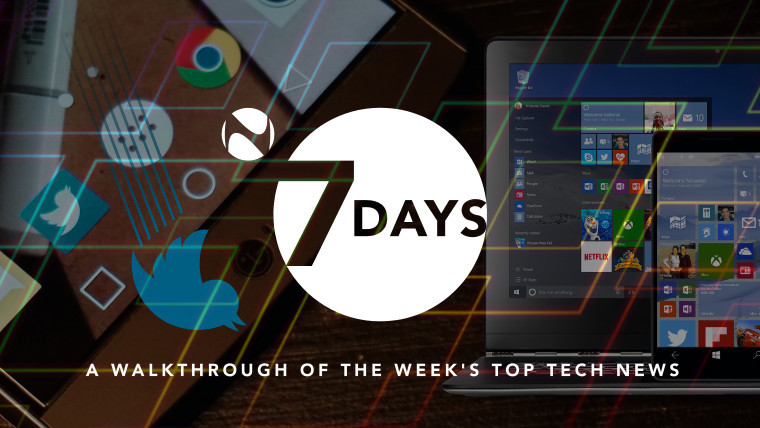
It’s been a few very busy and exciting days in the world of Microsoft and technology, and as some guy on TV keeps saying, we’ve only got time for a quick recap of the week.
So let’s start with some good news for Windows users, as Microsoft has been pushing out updates and improvements left and right for many of its apps. This week we saw announcements that the Mail and Camera apps would soon be getting improvements, after the previous week a number of big name brands announced they’d be bringing UWP apps to Windows. Of course the news got even better when that list of publishers expanded at Build, but we’ll get deeper into that later.
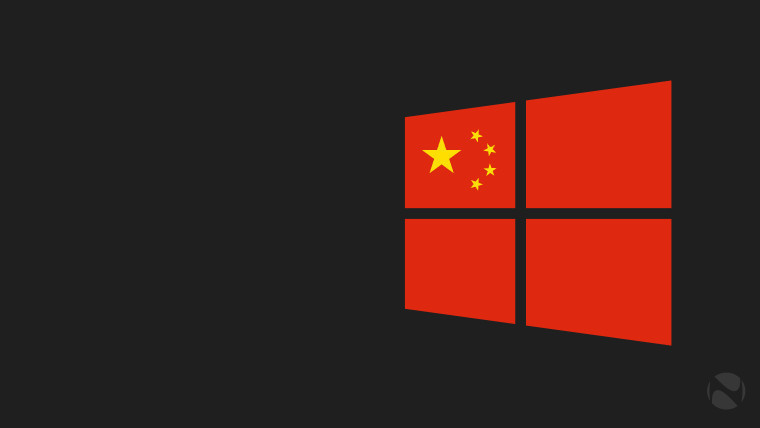
Microsoft also announced this week it had finalized work on a special version of Windows 10, destined specifically for the Chinese market. While it’s not clear what makes this version different from the one we all know, getting good market adoption in China could definitely help with Microsoft’s goal of one billion devices running its newest OS.
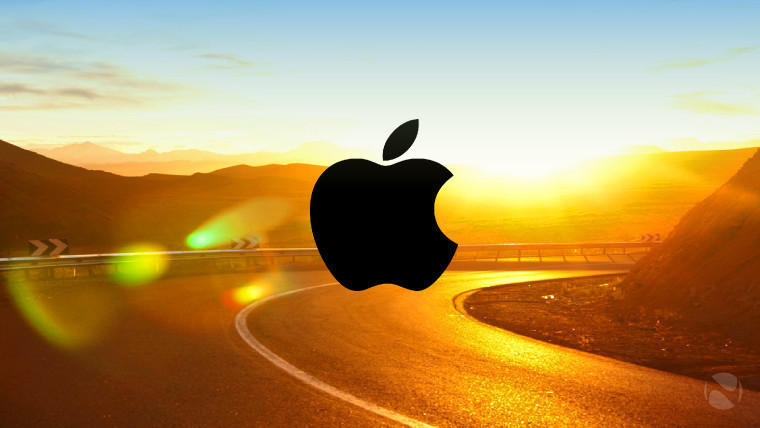
Shifting gears for a bit, this was a very important week in the fight between the FBI and Apple and the debate around digital privacy. Just a day before the Federal Bureau of Investigation was supposed to take the iPhone maker to court, the government agency backed down from the fight. The FBI announced it had found a third party willing and able to crack into the encrypted iPhone, so Apple wouldn’t be forced by a court to hack its software. This week, the FBI announced it had been successful in cracking the San Bernardino shooter’s iPhone and that Apple was completely off the hook for now. The company responded that it would continue to make its products as secure as it can, while also helping law enforcement when legally obliged and able to do so.
Of course, this is by no means the end of the war just a small respite. Just this week the NSA director attended a secret meeting in Israel to talk about cyber-security. As encryption use becomes more widespread and privacy comes under threat, we’re guaranteed to see this debate flare up again in the future.

Going back to the regular world of tech, this week we published our in-depth reviews of the Samsung Galaxy S7 and the Galaxy S7 Edge devices. Both devices lived up to the hype and were actually deemed to be “outstanding” and “almost perfect”. There’s also a comparison between the current models and some previous offerings, just to see how far Samsung has come. But there’s a lot that goes into those conclusions so make sure to check out the full reviews and see what the devices have to offer.
Before we get to the main story of the night, there are also a few miscellaneous happenings that caught our attention this week. First off, Apple fixed a blunder by releasing iOS 9.3.1, an important software update available to iOS users, which fixes the bug that caused apps to become unresponsive. This affected all version of iOS 9 so it’s good to see Apple finally put out a fix.

In other news, that image of high-tech, futuristic science and moonshot projects that you conjure up everytime you hear the name Google, may now be a bit tarnished after it announced it’s launching a landline service. Yes, the company that always bets on the future is now taking a page right out of Alexander Graham Bell’s playbook and launching a non-mobile phone. Of course the device will have some internet spirit infused into it and will rely on the cloud and VoIP to function.
And now with all of that out of the way, it’s time to dig into the big event that took place this week, and that of course is World Backup Day: is your data secure? Yes, we’re kidding, the big event was, obviously, Build 2016.

Build is perhaps Microsoft’s most important event during the year, because this is the place where it gets to talk to its developers, developers, developers, developers and sets the agenda for what’s coming in the near future. It also gives everyone a good idea of what the company is planning, what its priorities are and where it believes technology is heading. And by those measures Microsoft didn’t disappoint, as it announced lots of exciting things to come, while also shifting focus to a brand new segment of the market.
Before the actual event got underway we already knew that Microsoft was planning some surprises and a lot of improvements to Windows 10 and its other platforms. For example, there was strong speculation that Microsoft would be bringing Universal Windows Apps to the Xbox One. Cortana and the Action Center were expected to get a facelift in upcoming Redstone builds. And speaking of those, there was even a credible hint thanks to some leaked documentation that Redstone would be coming in July.
Not only that, but there was a rumor that the company was looking to bring to Windows a continuity feature, similar to Apple’s Handoffs. Finally, a few hours before the event we learned that Microsoft would be talking a lot about bots and its efforts in artificial intelligence at the opening keynote.

So how did all of those predictions pan out? Surprisingly well. Satya Nadella kicked off Build with a keynote speech where he announced to the world that Windows 10 was now running on 270 million devices, an impressive feat. Of course, the company still has a long way to go until it reaches parity with its Office suite, which is now used by 1.2 billion people around the world.
Talking about the journey with Windows 10, Nadella stressed the importance and growing popularity of Universal Windows apps on the UWP platform. As part of that speech he also announced that some big name companies would be launching new UWP apps, including Facebook, Starbucks and others. This is good news for the platform, that is still seen as struggling in this department.

But of course, this being a developer’s conference, Nadella went on to announce that developing universal apps will become even easier, especially with the Win32 app converter, called project Centennial. This allows classic desktop apps to be packaged as modern ones for an easy install and removal process. There are also lots of improvements on the horizon for UWPs, which will make the platform more mature and powerful.

And speaking of app development, Microsoft announced that Xamarin, the popular dev tool that allows cross-platform targeting, will now be open source and free for everyone to use. Microsoft bought Xamarin recently and this move will likely be appreciated by developers. Also as part of its commitment to devs, Microsoft is bringing Bash to Windows, as well as some other Linux applications. This is in an effort to become the best development platform around, and devs wanting to try out these tools can do so by installing Windows 10 Redstone build 14295 which is now available for the Slow and Production rings as well as in ISO form.
Coming back to user-facing features, Microsoft had a lot to say about the future of Windows 10 and its upcoming upgrade. First off, we learned that the first major update coming to the platform, known until now as Redstone 1, will launch this July. It’ll be called the Anniversary Update, which is short and sweet, albeit it will become confusing next year.

As part of the Anniversary Update, Microsoft will be bringing improvements to the Action Center, which will feature new notifications. The Start Menu is also getting a bit more polish, with a few changes planned for easier navigation and accessibility. Live Tiles will also learn a few new tricks, including deep app linking. This was a feature first seen on Windows Phone, but it’s now coming to Windows 10 in a modified fashion. Users will be able to hit a Live Tile when it displays specific info, and they’ll be taken into the app to that specific section. With the abovementioned Start Menu changes, it sounds like Tiles are closer to becoming simple widgets than ever before.

Edge, the company’s new browser, will also be getting updated. There was a rumor that the browser would feature built-in adblocking but Microsoft soon debunked this, explaining Edge would rely on extensions for that. And speaking of extensions, more of those will soon be available to insiders with even more planned to launch in July.

Inking, or writing on a screen with a digital pen, may be a feature that is rarely used in day to day office work, but nonetheless it’s very cool and occasionally very useful. To that end Microsoft is throwing down the gauntlet and bringing lots of improvements to Windows 10 with regards to inking. Developers will also be able to easily add inking support to their Universal Apps.
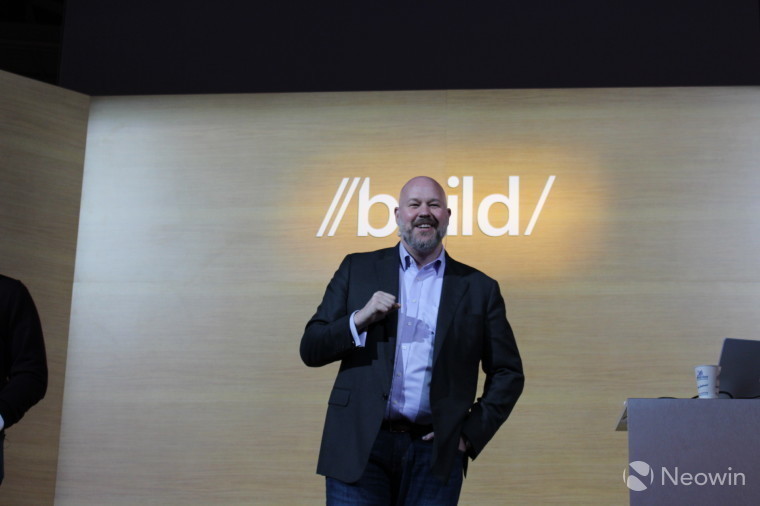
Of course, no talk about Windows could be complete without mentioning the Insider program. This has been the backbone of community engagement with Microsoft and Windows 10, and its public face, Gabe Aul, took a few minutes to talk about the program and thank its users. There was also talk about the Insider Program being merged with the Xbox Preview Program, a feat that’s starting to take place right now.
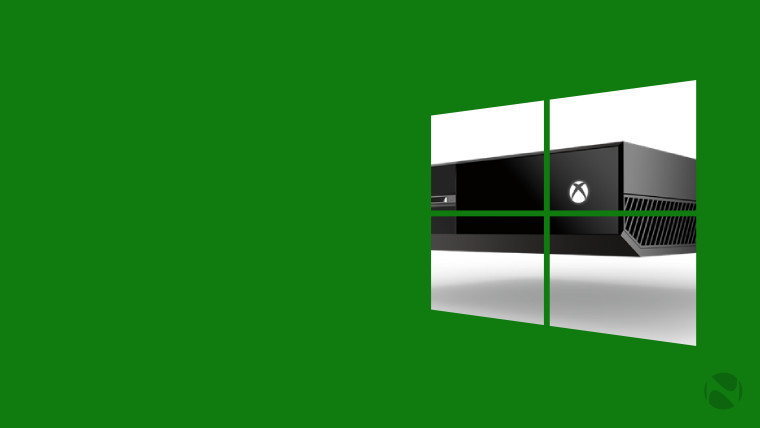
It made little sense for those two to be different projects, especially as Windows 10 Anniversary Update will also be landing on Xbox One. And it will be doing so with a bang, because with this update UWPs will also finally be available on Microsoft’s console. And not only that, but the Xbox and Windows stores will finally be unified as well.
To aid developers who want to bring their apps to the Xbox One, Microsoft is also enabling every console to be transformed into a dev kit, just with the press of a button. You can actually do so right now, as long as you’re part of the Insider program but not the Xbox Preview program. If you do, you’ll get the first Redstone build publicly available for the Xbox One.
Other features will also be coming to the Xbox One with the Anniversary Update, including background music playing. These will be talked more about at E3. That being said, it looks like software updates and new games will be the only announcements at that conference as Phil Spencer just shut down any rumors regarding a new Xbox One.

But coming back to Microsoft as a whole and Build, there was one big announcement that we haven’t touched on. And that’s perhaps the biggest announcement that the company made at Build. On stage, Nadella explained Microsoft’s vision for the future of online interaction, shopping, and productivity and said it’s now actively developing bots and bot development tools.

The company isn’t just focused on chatbots or searching algorithms, though those two are essential parts of the company’s new initiative, the Bot Framework. Instead Microsoft envisions a world where artificially intelligent programs, bots, intercede on your behalf with businesses. In other words, you’ll soon be able to tell Cortana about an upcoming trip and she’ll directly put you in touch with a hotel’s bot that will be able to quickly book you a room.

Microsoft doesn’t just want to build its own bots but to enable developers to build bots for almost any function on any platform. But it’s also setting itself up as an example and to that end the upcoming UWP Skype app will get Cortana integration and chatbots that can keep you up to date with news, or find stuff quickly for you. And who doesn’t want that in their business conferences?

Also at Build Microsoft marked another important milestone. An emotional Alex Kipman announced on stage that the developer edition of HoloLens is finally reality, and it’s shipping to customers. Our very own Andy Weir was at the conference and got to try out this developer model and came away impressed and excited for the future.
Those are all the major announcements that took place at Build, but that only scratches the surface. For those looking for many more details and a full list of new features coming to their favorite platform, we put together a list of everything that’s known about the Windows 10 Anniversary Update.

Now, you might have noticed that there wasn’t a single word about Windows 10 Mobile. Others noticed the same thing and eventually Microsoft was forced to address the issue. Terry Myerson, head of the Windows 10 team, acknowledged that W10M wasn’t really present at this event, because Microsoft believes developers should get excited about the company’s new products like HoloLens and Bots. Myerson did say however that there would be other events where Windows 10 Mobile would be the central focus. Until then, there seems to be a bit of smoke rising up... does anybody smell a burning platform?
Those were the main stories for the past seven days. Looking forward to the week ahead we expect to see a few more tidbits come out of secondary sessions at Build. New Windows 10 Redstone builds are also expected to show up, while the general tech scene will carry on at its normal pace, without any major announcements for a while.


















1 Comment - Add comment